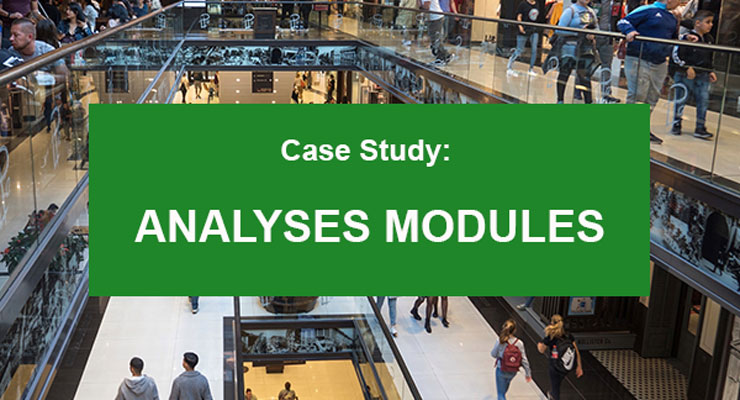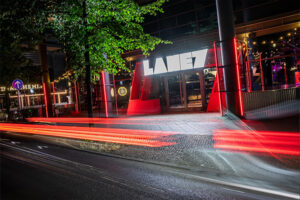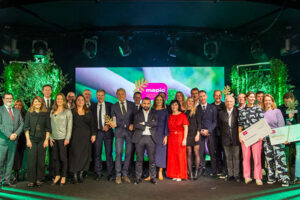Established center formats that are replicated one-to-one across multiple locations no longer work today. For sustainable and successful project development and revitalization, having a detailed understanding of the different lifestyles in the vicinity of each location is essential. The foundation for an optimal industry, brand, and usage mix is, therefore, a substantial analysis of the communities, their lifestyles and customs, and the associated brand affinities.
The proprietary evAI analysis method, supported by AI, identifies relevant communities and their lifestyles, related brand worlds, market participants, barriers, and opportunities, as well as risks and disruptive forces. From the data collected, we design forward-looking market models and identify existing and potential catchment areas. With the assistance of AI, existing but hidden market knowledge is analyzed in the context of the questions at hand and is incorporated into market models that significantly minimize decision and investment risks.
Example questions that we answer during a site evaluation include:
- How is the site environment structured and integrated into existing and future traffic flows?
- What communities can be identified in the catchment area?
- What lifestyles (brand usage, affinities, areas of interest) characterize those communities?
- Which brands, services, etc., align with those lifestyles and the respective location?
- What is the optimal mix of offerings for the location to increase foot traffic?
- How can the catchment area be expanded with an attractive offering?
- How does a location differentiate itself from the competition for existing and potential communities?
To answer location-specific questions, we utilize billions of data points, including data from social media, allowing us to analyze complex life and brand worlds at the user level for any region.
Using our innovative analysis method, we assist businesses and investors in recognizing substantial market potential early, correctly contextualizing disruptive market events, and adjusting their business models in a market-appropriate manner while minimizing (investment) risk.
Module 1 – Environmental Design
Comprehensive examination and analysis of the immediate location surroundings: location, infrastructure, urban planning conditions, traffic, and traffic flows, entrances/exits to the location, residential population (public statistics including sociodemographic characteristics), access points to the location, visibility, and presence in the vicinity, etc.
Additional/optional: Analysis and evaluation of the “political landscape” in the vicinity of the location; assessment of political planning and influences in the vicinity; monitoring of urban planning measures; identification of influential stakeholders in the location’s vicinity.
Module 2 – Communities
Identification and analysis of communities and their lifestyles in the immediate location surroundings and potential catchment area. Based on that, affinity brand worlds are identified, and a “perfect brand match” is named for each respective location.
Module 3 – Competitive landscape
Comprehensive examination of the sites of direct and indirect competitors in terms of “Environmental Design” and the targeted “Communities”, with a focus on existing traffic flows and the respective offering portfolios compared to the identified lifestyles.







